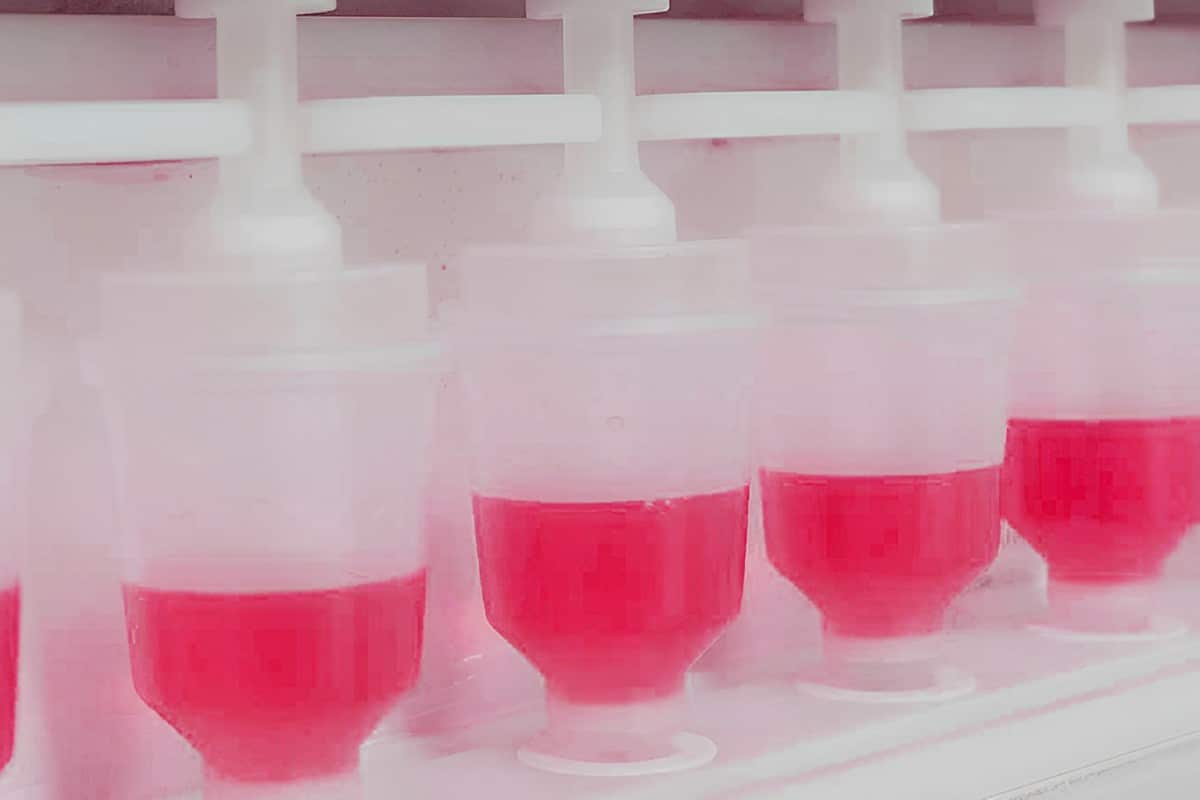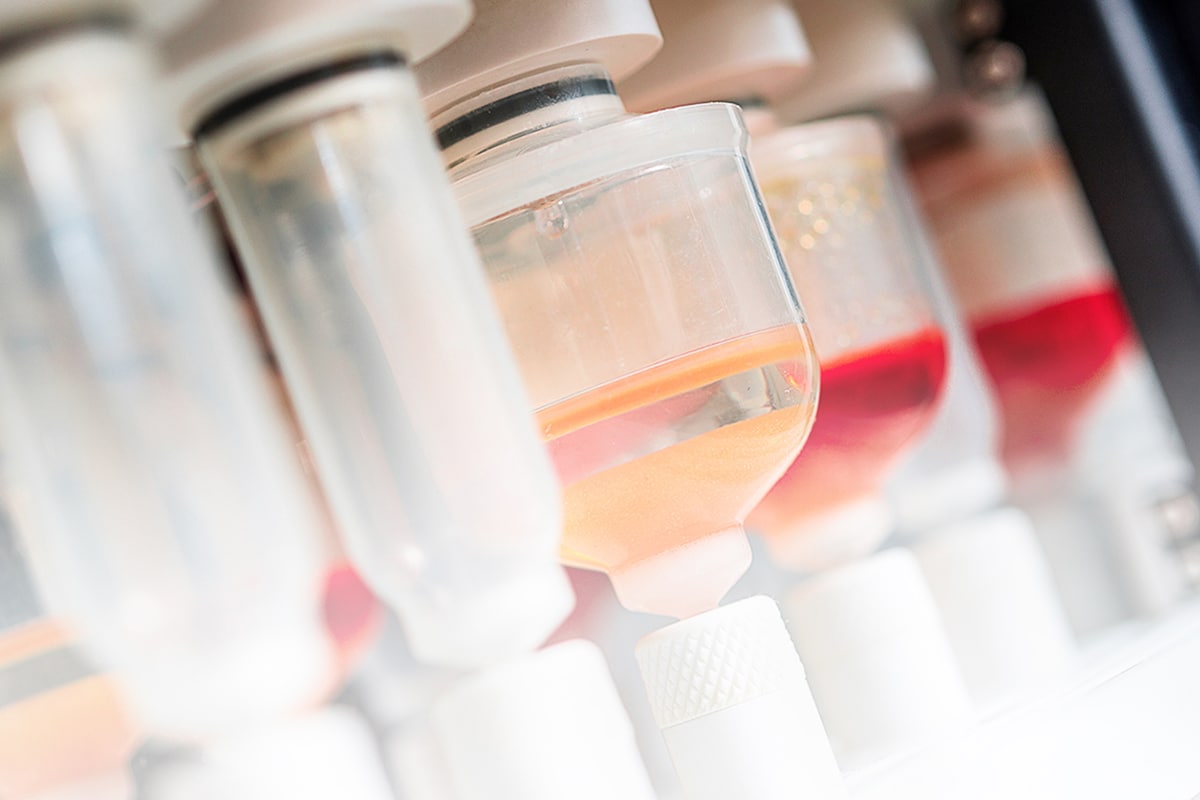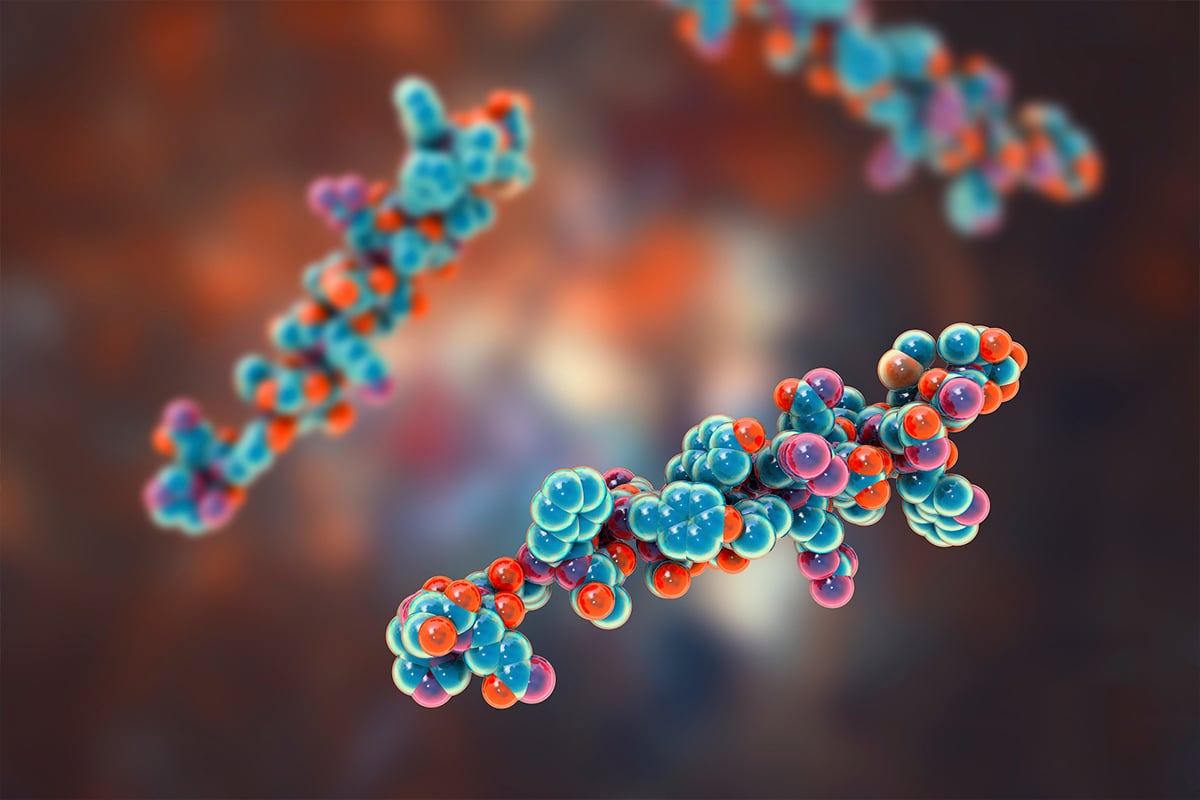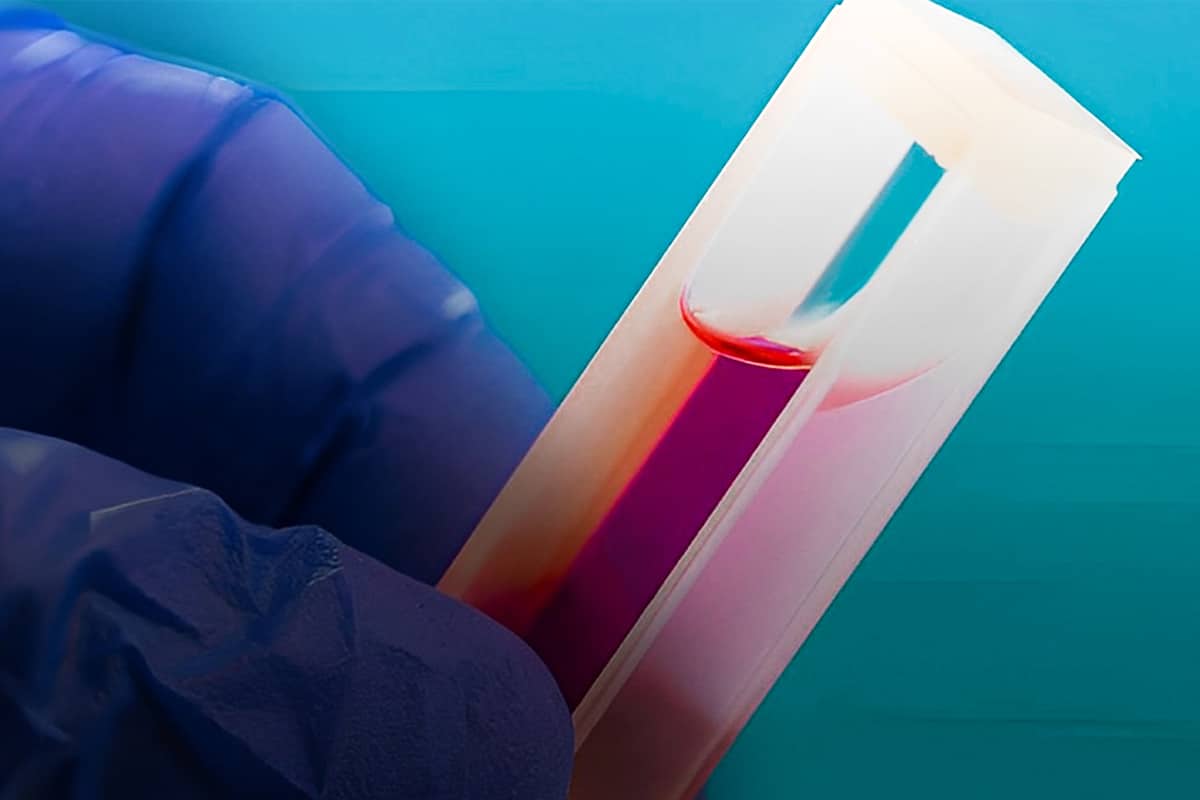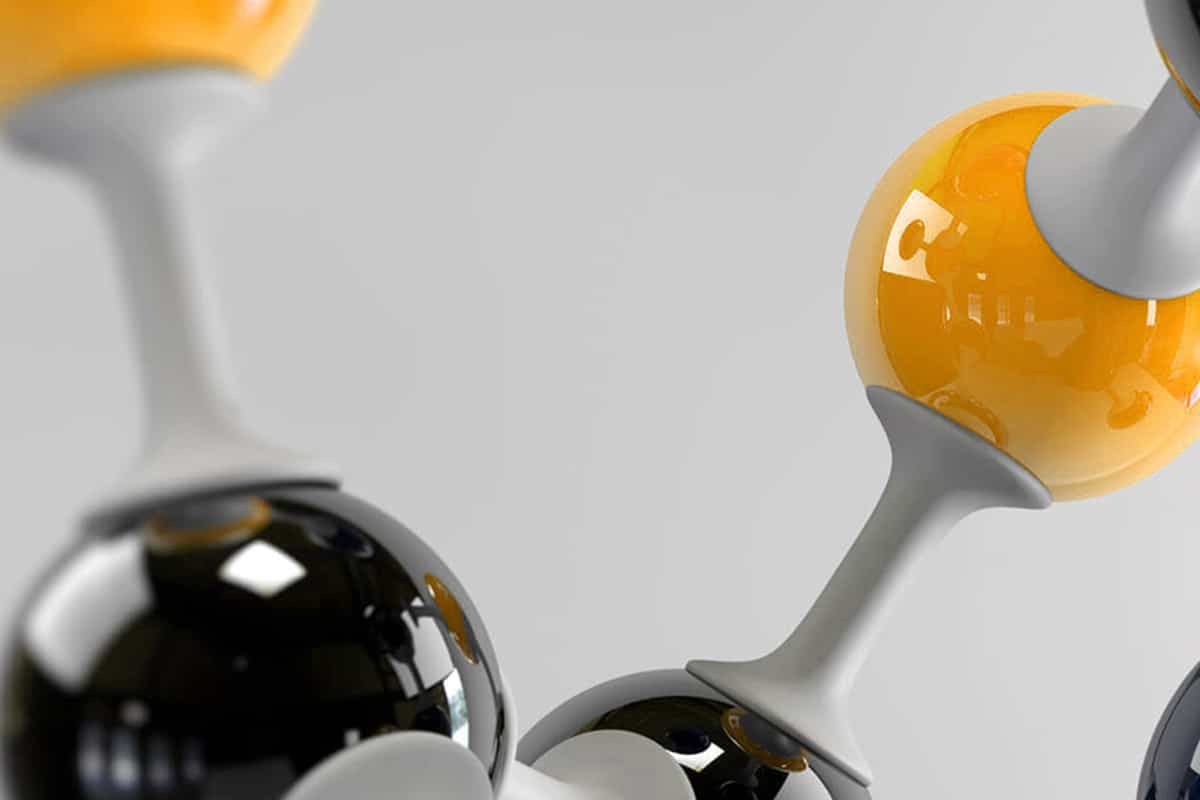PEPTIDE MODIFICATION
QYAOBIO provides hundreds of peptide modifications for custom peptides.
Peptide modification is useful for various applications, such as protein-protein interaction studies, fluorescence-based assays, Western blotting.
QYAOBIO provides hundreds of peptide modifications to satisfy various custom peptide requirements. These peptide modifications can create synthetic peptide with exact conformation and specific characteristics. There are large numbers of modified amino acids on post-translation modifications (PTM), which is natural in vivo. While others are pharmacologically modified or stable isotope labeled. In addition, tags, proteins, oligonucleotides can conjugate with peptides in chemical or biological synthesis.
QYAOBIO has more than 16 years experience in peptide modification synthesis, we are able to produce custom modified peptides on time and budget. The common modifications include:
Peptide Modification Methods
N-terminal Modification
As chemically synthesized peptides have free amino-acids, N-terminal modification is efficient for multiple peptide characteristics. Such as N-terminal acetylation can remove the charge from the amino terminus of peptides, in order to mimic native peptide state in protein. The common N-terminal modification in Qyaobio including:
C-terminal Modification
Qyaobio provides multiple options of C-terminal modification to satisfy various research needs. C-terminal modification can create synthetic peptide with exact conformation for specific applications. Our common C-terminal modification including:
- Amide (Amidation)
- Ester (methyl, ethyl )
- Hydrazide
- Peptide Aldehydes
- Thiol Esters
- Branched MAP Peptide
Peptide Pegylation
Peptide PEGylation is the process of covalent linking one or more polyethylene glycol (PEG) chains to peptide molecules. PEGylation increases the peptides molecular mass, shield peptides from proteolytic enzymes, and finally improve the pharmacokinetics of peptides.
Peptide Conjugation
Qyaobio has extensive expertise in peptide conjugation with different entities, in order to support peptide drug discovery for different purposes. The chemo-selective conjugation entities including: proteins, mono antibodies(mAbs), lipids, small molecules, fluorescent labels, tags.
Peptide Phosphorylation
Peptide phosphorylation is ubiquitous and essential post-translational modification (PTM), it adds the phosphate (PO43-) group to peptides containing serine, threonine or tyrosine by covalent bonds. Phosphorylation of peptides are extremely critical modulator of PTM protein function.
Peptide Biotinylation
The biotinylation of peptides is an efficient method to bind specific peptides to streptavidin coating surfaces. Due to the biotin moiety has strong affinity for streptavidine (Kd<10-10 M). Because of the high affinity and binding specificity of biotin, the biotinylation interaction (biotin-avidin or biotin-streptavidin) is applied for the basis of laboratory research techniques to label, detect and purify peptides.
Peptide Sulphation
The peptide sulfation is a technical challenging synthesis. It is difficult to synthesize sulfotyrosine (sTyr) with satisfactory yield and purity. Considering the tyrosine-sulfated peptides stability characteristics in different conditions: stable under basic conditions, while unstable in acidic conditions.
Peptide Prenylation
Peptide prenylation is a common post-translational modification of peptides, it is also known as isoprnylation. This modification adds the farnesyl (C15) or geranylgeranyl (C20) isoprenoid moity onto the cysteine residue near the carboxyl terminal of peptides. This prenylation occurs usually at the C-terminus of approximately 2% of all mammalian proteins.
Peptide Tags
Peptide tags are peptide sequence grafted onto the recombinant protein genetically. The peptide tags can be added to either terminus end of the target peptides. The fusion of peptide tags and target protein can increase the expression level, solubility, folding, purification and detection of recombinant proteins.
Linker & Spacer
Peptide linker is also known as peptide spacer, it is flexible or stretch molecule to link 2 different molecules, such as a fluorophore to one or two peptides. According to different field of peptide design and application, we can construct different linkers & spacers in peptides with different molecules.
Call Us
+86(021)-50795728
+86(027)-60707970

